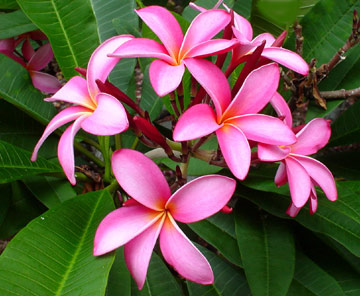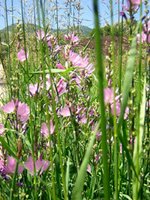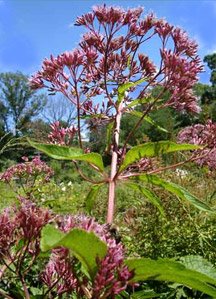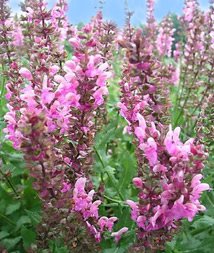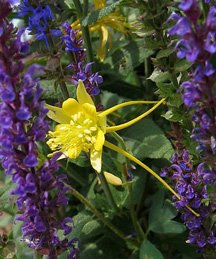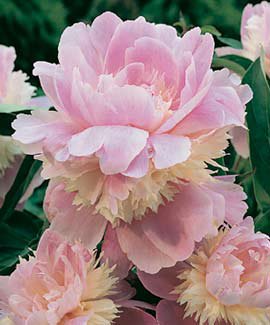 Sho Yu - the Chinese name for Peony also means beautiful. Thank them for hybridizing Peonies, a native of Siberia.
Sho Yu - the Chinese name for Peony also means beautiful. Thank them for hybridizing Peonies, a native of Siberia.Yes, that's correct, Siberia. Toss out everything you've ever assumed about Peonies. They're not nearly as tender and fussy as you think. At least, I hope not...
I'm deep into Plan B for this Labor Day weekend. As is almost always the case, Plan A would have been loads more fun, camping high in the Grand Tetons.
Plan B has me in South Dakota, transplanting some very old ladies. I'm on a mission to save Mom's beloved Peonies.
Peonies grow most of their roots in the fall so that's the best time to transplant.
These gals are old (35 years!) and large, so I'll divide them into smaller clumps, creating several new plants. This should inspire vigorous growth and, hopefully, produce lots of fragrant flowers next year. I'll dig holes twice as big as the rootballs and give them lots of room to stretch their legs - three or four feet apart.
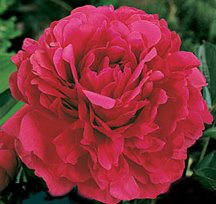 Peonies don't need much fertilizer. One feeding in the spring gets them off to a strong start.
Peonies don't need much fertilizer. One feeding in the spring gets them off to a strong start.Tip: Cut back their foliage (2 inches from ground) after the first hard frost. A peony's leaves produce food stored in the roots over winter. Stored food supports healthy growth the following spring.
PS: Peonies don't need ants. Ants need peonies. The flower buds secrete a sweet substance - like candy to little ants.
* In most cases I never space flowers as far apart as I'm told (the closer together, the less weeding for this lazy gardener...) But, Peonies are different. They hate crowding. For best flowering give them 3-4 feet of personal space. Dutch Gardens has an amazing selection of fragrant double-flowered Peonies.





